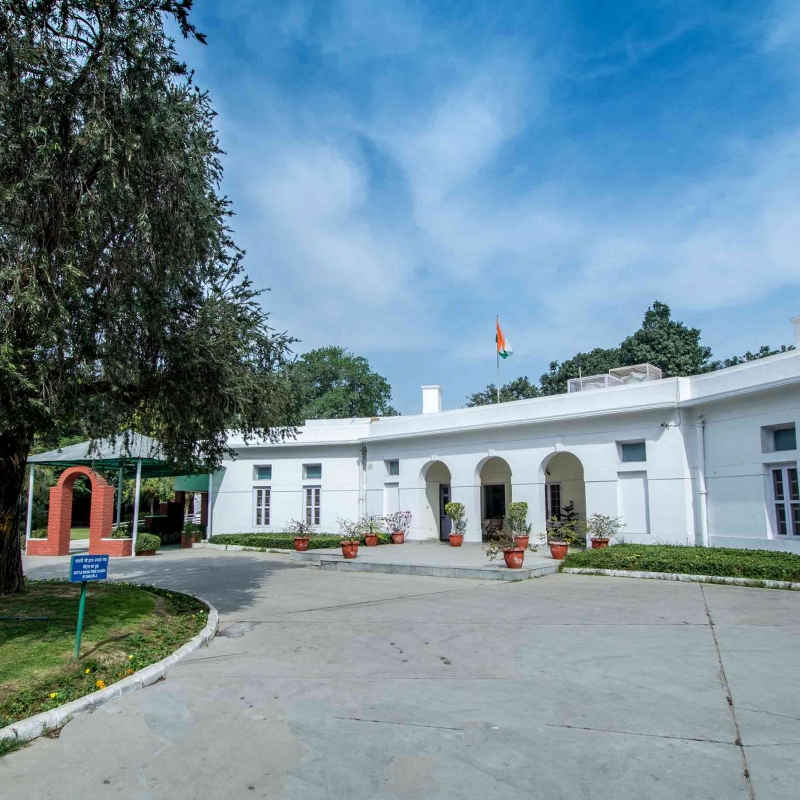There are numerous museums all around India which trace the nation's history and the lives of the people who helped achieve independence from the British. These museums, which preserve the legacy of our freedom fighters, are important sites which make the younger generation aware of the contributions of India’s heroic freedom fighters. We look at museums that focus on the Indian independence struggle, the freedom fighters who gave their lives for the cause, and the aftermath. (Photo Courtesy: MuseumsofIndia.org)
It is that time of the year when children in schools are inundated with stories of India’s freedom struggle, swatantrata songs are on everyone’s lips, and the production and popularity of the tricolour hits a biannual high. While there is no denying that educational institutions are doing their bit to make the younger generation aware of the contributions of India’s heroic freedom fighters, we also have other organisations solely dedicated to the cause throughout the year.
We look at several museums across the country working towards teaching the history of the freedom struggle through the stories of those who were involved. For every patriot and Indologist, these havens of information, serve to remind them of the country’s valiant resistance and victory. It is heartening to see that many more such museums are being planned and constructed, including six on tribal freedom fighters in Gujarat, Jharkhand, Chhattisgarh, Andhra Pradesh, Madhya Pradesh and Kerala. Here are some that you can visit right now.
Swatantrata Sangrama Sangrahalaya, Delhi
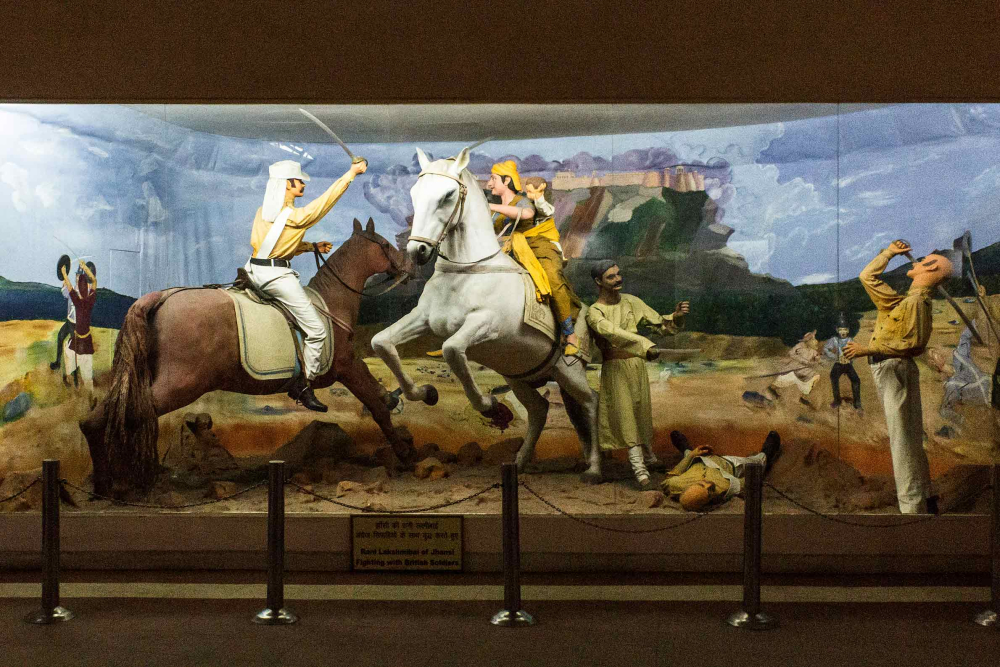
The Swatantrata Sangrama Sangrahalaya displays various photographs, paintings, weapons and statues that shed light on Indian freedom fighters (Courtesy: MuseumsofIndia.org)
This museum in the Red Fort is dedicated to the freedom fighters of India. One can find paintings, photographs and statues of the revolutionaries, and the weapons they used in their fight against imperialism.
Address: Red Fort, Chandni Chowk, Delhi: 110006
Hours: 9:00 am–5:00 pm (Open all days)
Entry Fee: Rs 35 (Indians); Rs 500 (foreign nationals)
(Entry fee for Red Fort; entry to the museum is free)
Swatantrata Senani Museum, Delhi
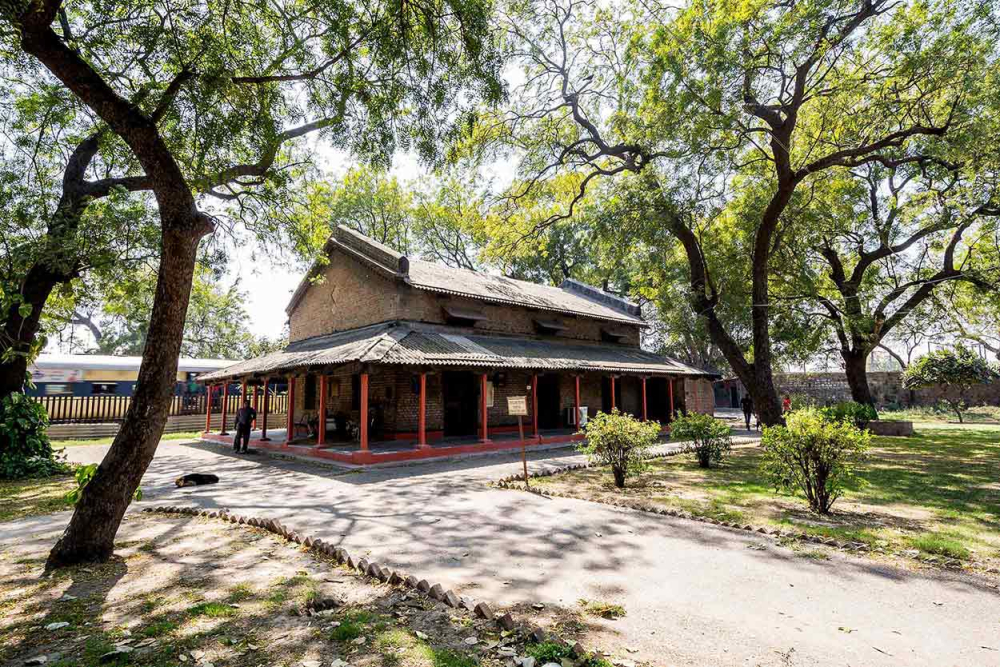
The Swatantrata Senani Museum is a memorial to the Indian National Army heroes (Courtesy: MuseumsofIndia.org)
The Salimgarh Fort was built by Salim Shah, the son and successor of Sher Shah Suri. The Archaeological Survey of India took over its conservation and preservation in 1992, to commemorate the 50th anniversary of the Quit India movement. It also developed a part of the monument into a museum dedicated to the Indian freedom fighters and opened it to the public in 1995.
Swatantrata Senani Museum, as the name suggests, is a memorial to the Indian National Army heroes, such as Col. Prem Kumar and Col. Gurbaksh Singh Dhillon.
Address: Red Fort, Chandni Chowk, Netaji Subhash Road, Delhi: 110006
Hours: 9:00 am–5:00 pm (Open all days)
Entry Fee: Rs 35 (Indians); Rs 500 (foreign nationals)
(Entry fee for Red Fort; entry to the museum is free)
Partition Museum, Amritsar
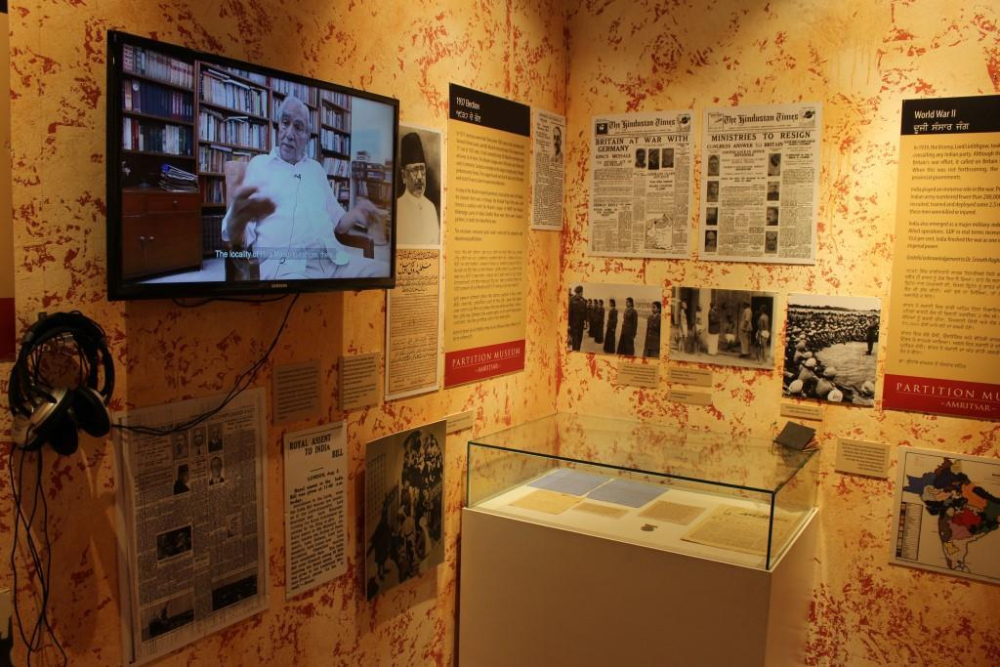
Partition Museum has 15 galleries, covering an area of 17,000 sq. ft, with a wide range of materials such as newspapers, magazines, government documents and photographs showing the migration and refugee camps (Courtesy: MuseumsofIndia.org)
India’s first museum dedicated to the Partition is located in the historic Town Hall in the walled city. It is an important memorial as it remembers the struggles of the millions affected, and chronicles the tumultuous history of Punjab. The Partition Museum has 15 galleries, covering an area of 17,000 sq. ft, with a wide range of materials such as newspapers, magazines, government documents and photographs showing the migration and refugee camps. The significant contribution of this memorial is how it reimagines the travesty and bloodshed during a tumultuous time, enough to unsettle those of us who have only read about it. It is a people’s museum that builds its narrative around oral histories (on video) and soundscapes in every gallery, and also holds original artefacts donated and letters written by refugees, and various art installations (such as a life-size replica of a train station).
Certain prominent galleries in the museum are the Boundary Commission room (Gallery 7), and the galleries of migration, divisions, refuge, and hope. Visitors are encouraged to write messages on green paper leaves and stick them to the ‘tree of hope’, a tree made of barbed wire which is placed at the ‘gallery of hope’.
Address: Town Hall, Katra Ahluwalia, opposite Brother’s Dhaba, Amritsar, Punjab: 143006
Hours: 10:00 am–6:00 pm (Mondays closed)
Entry Fee: Rs 10 (Indians); Rs 250 (foreign nationals); Free for children below five and Partition survivors
Sardar Vallabhbhai Patel National Memorial, Ahmedabad
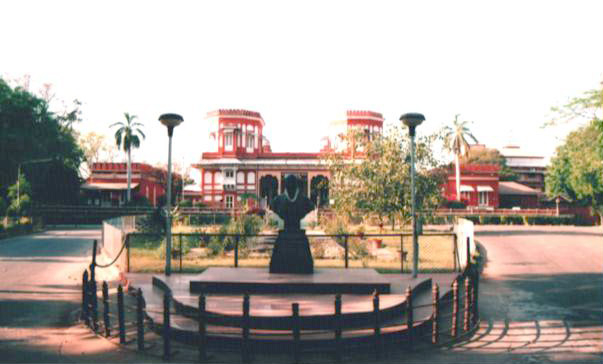
The Sardar Vallabhbhai Patel National Memorial displays the artefacts used by the 'Iron Man of India' (Courtesy: Rama's Arrow)
While Sardar Vallabhbhai Patel was against building statues and memorials, this memorial is important as it uses his personal belongings to weave together a narrative of the man and the nation. The artefacts that were used by the ‘Iron Man of India’ are chronologically exhibited, connecting them to specific events in his life and, consecutively, to events in Indian history.
Every evening on its facade, the memorial holds a 3D light show, which narrates the story of India’s struggle for freedom.
Address: Gandhi-Sardar Smruthi Chowk (opposite Circuit House), Shahibag, Ahmedabad: 380004
Hours: 9:30 am–5:30 pm (Mondays closed)
Entry Fee: Rs 20 (adults); Rs 10 (children); free for children below the age of five;
Entry Fee for 3D show: Rs 30 (adults), Rs 10 (children)
Gandhi Memorial Museum, Ahmedabad
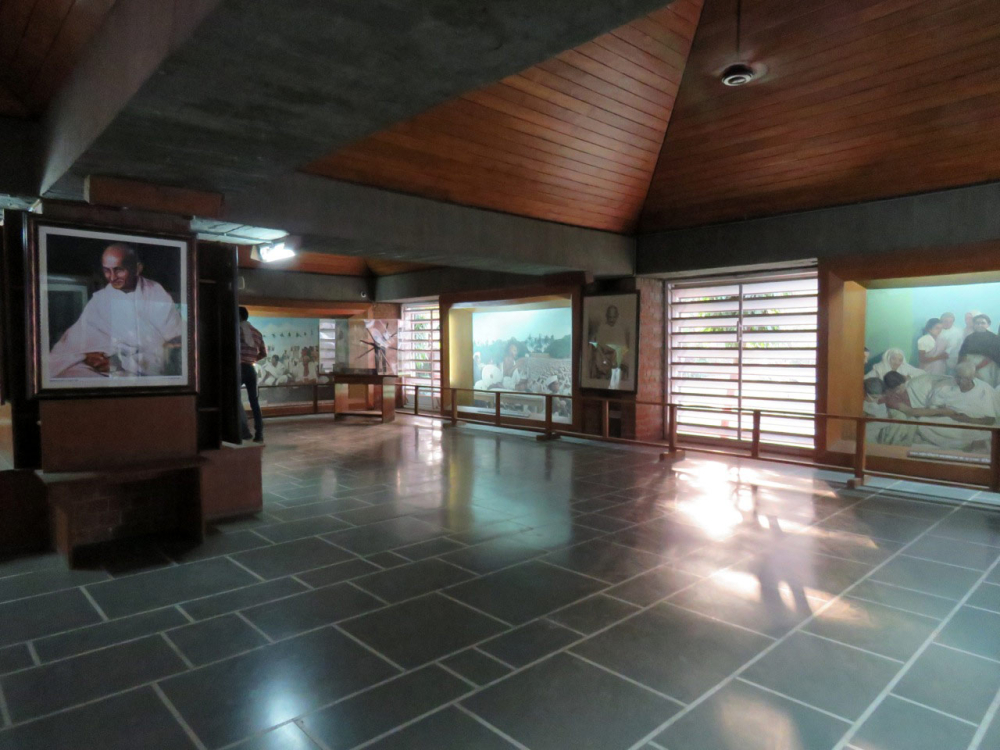
Gandhi Memorial Museum in Sabarmati houses 34,177 letters written by Gandhi, 8718 pages of his manuscript, 6000 photographs and 155 awards bestowed upon him (Courtesy: MuseumsofIndia.org)
Built in 1963 by Charles Correa, this museum displays personal objects used by the Mahatma, to show how he lived at the Sabarmati Ashram.
The museum library houses 34,177 letters written by Gandhi, 8718 pages of his manuscript, 6000 photographs, 334 films, 509 audio cassettes, 121 records, 63 video cassettes, and 155 awards bestowed upon him. The museum space is frequently used to teach children Indian history, and Gandhi’s initiatives that won the country its independence.
Address: Sabarmati Ashram Road, Ahmedabad: 380027
Hours: 8:30 am–6:30 pm (open all days)
Entry Fee: Free entry
Maulana Azad Museum, Kolkata
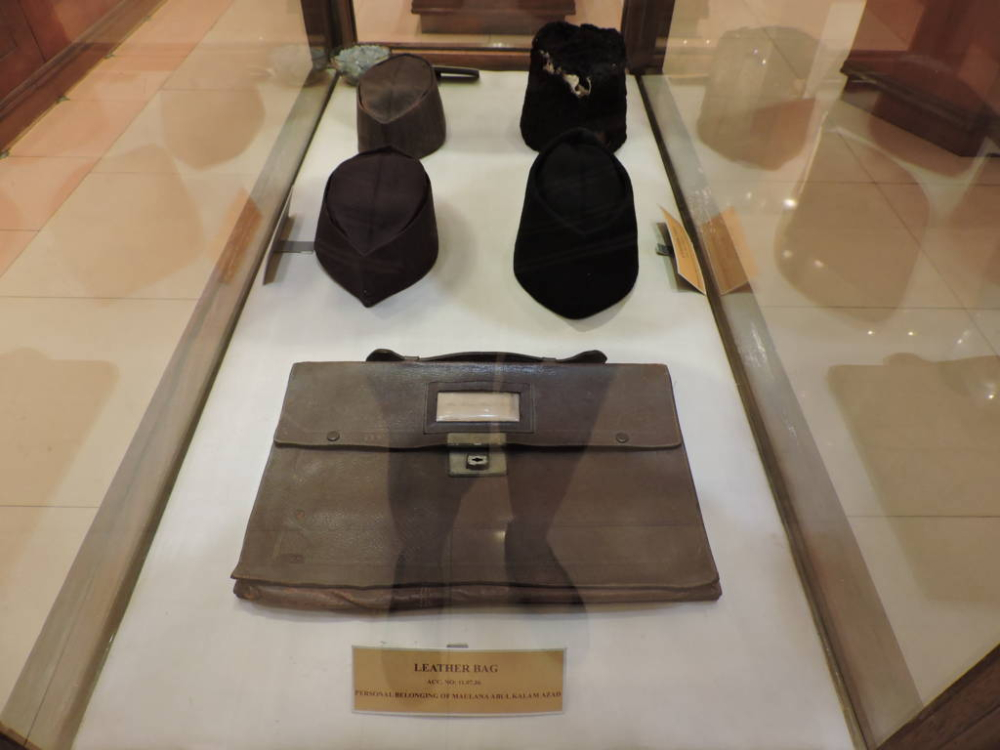
Managed by the Maulana Abul Kalam Azad Institute of Asian Studies, the Maulana Azad Museum houses several artefacts belonging to the national leader (Courtesy: MuseumsofIndia.org)
With an aim to promote awareness about Maulana Abul Kalam Azad and his contributions to the making of the nation, the house where he lived for the longest time has been turned into a memorial museum.
Managed by the Maulana Abul Kalam Azad Institute of Asian Studies, the museum houses several artefacts, such as photographs, awards, gifts, items of personal use and a collection of papers and library sources.
This building is an important historical monument in itself as it was here that Maulana Azad took the decision to go ahead with the Quit India movement. Though currently in its nascent stage, the museum seeks to expand its collection to cover other freedom fighters as well.
Address: 5, Ashraf Mistry Lane, Lovelock Street, Kolkata: 700025
Hours: 10:00 am–6:00 pm (Weekends closed)
Entry Fee: Free entry
Netaji Research Bureau Museum, Kolkata
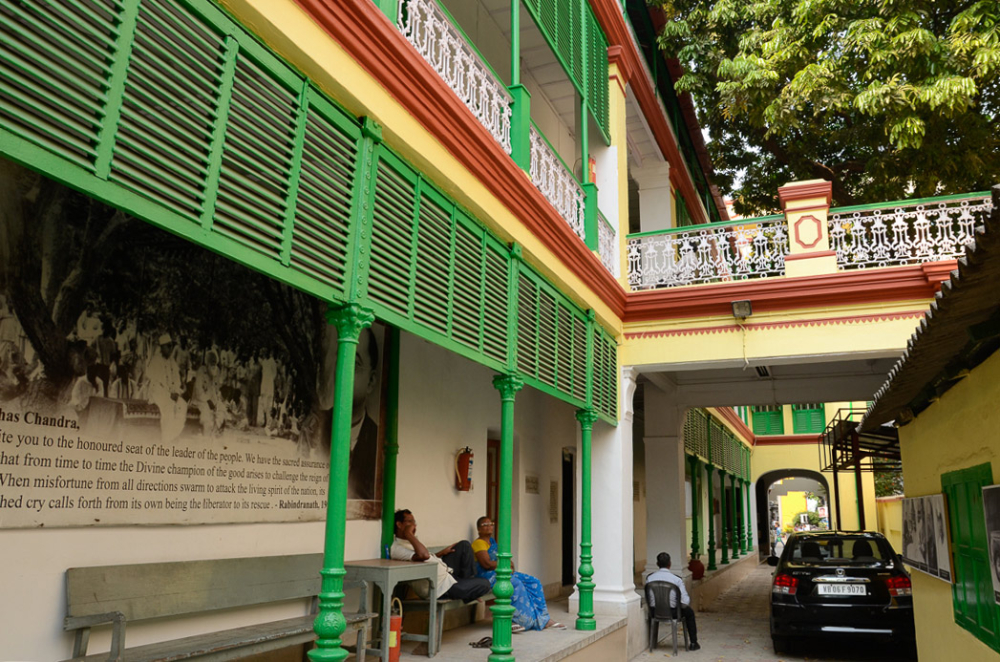
Established by the Netaji Research Bureau in 1961, the museum has a vast collection of items on Subhas Chandra Bose (Courtesy: MuseumsofIndia.org)
This biographical museum was established by the Netaji Research Bureau in 1961. It has a vast collection of items on Subhas Chandra Bose, including his clothes, photos and letters. Here, one can see his living room and workstation, and get a glimpse of a routine day in his life.
Address: 38/2, Lala Lajpat Rai Sarani, Kolkata: 700020
Hours: 11:00 am–4:30 pm (Mondays closed)
Entry Fee: Rs 5 (adults), Rs 2 (children under 12 years)
Mani Bhavan, Mumbai
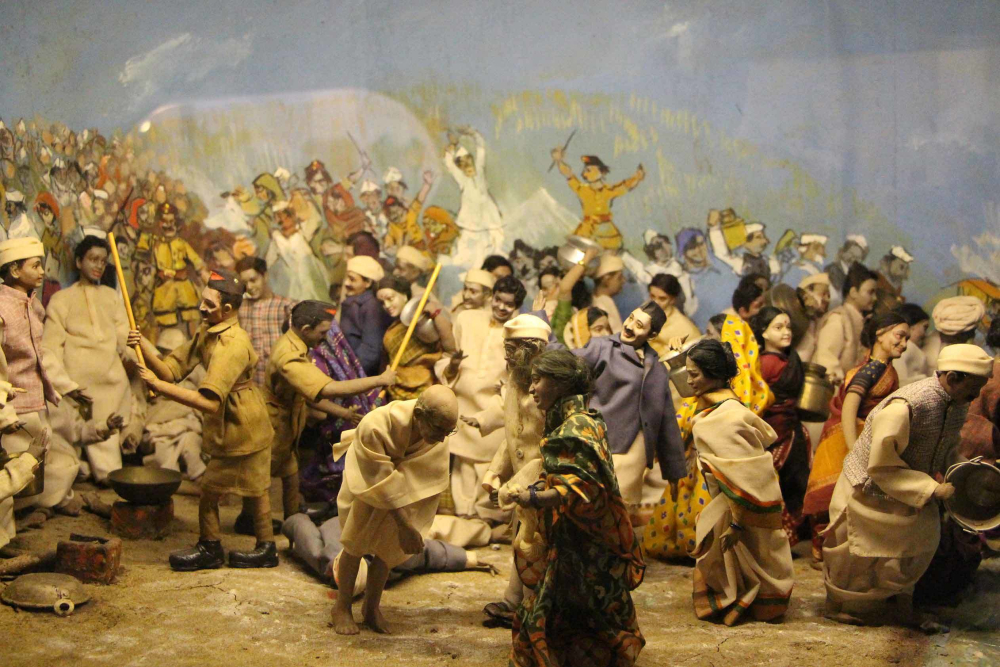
Mani Bhavan houses various personal belongings of Mahatma Gandhi who spent 17 years of his life here (Courtesy: MuseumsofIndia.org)
The house that became Mahatma Gandhi’s headquarters soon after he came back from South Africa is associated with some of the most important initiatives taken by him. The history of this mansion moves on a parallel plane along with Gandhi’s activities from 1917 to 1934. One can explore the 17 years that Gandhi spent in Mani Bhavan through his important personal belongings, a library, photographs, press clippings and his own room on the second floor of the museum.
Mani Bhavan was where Gandhi launched the home rule movement, the non-cooperation movement, and the Swadeshi and Khilafat movements. His association with the charkha began here, so did his decision to abstain from drinking cow milk. One can also see the terrace, where the Mahatma was arrested on January 4, 1932.
Address: 19, Laburnum Road, Gamdevi, Mumbai: 400007
Hours: Museum—9:30 am–6:00 pm; Library—9:30 am–6:00 pm (closed on the second and fourth Saturdays)
Entry Fee: Free entry
Lal Bahadur Shastri Memorial, Delhi
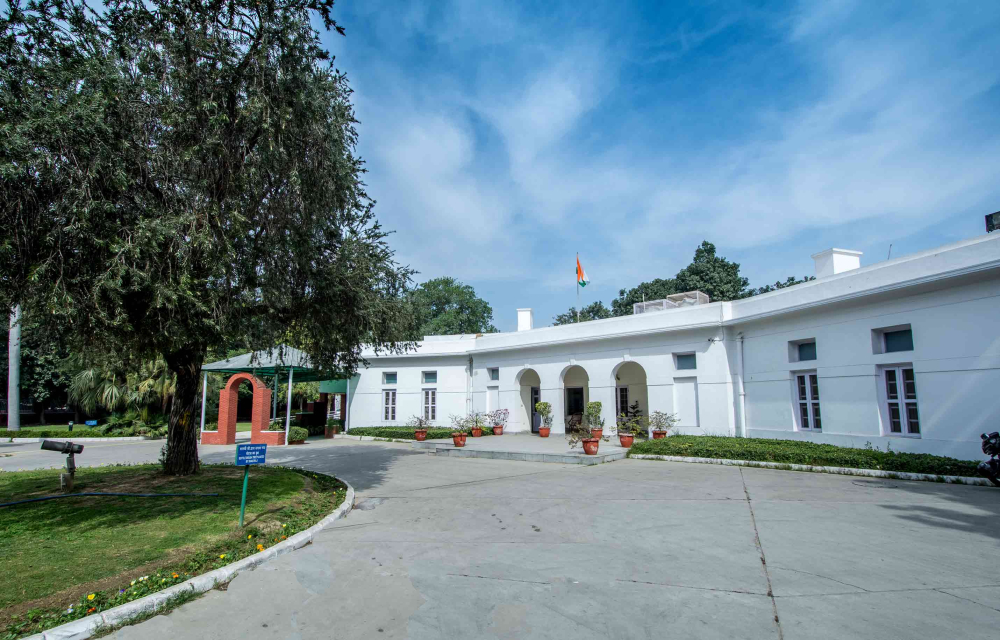
The Lal Bahadur Shastri Memorial in Delhi display articles related to his sociopolitical life such as photographs, souvenirs and artworks (Courtesy: MuseumsofIndia.org)
This memorial is dedicated to India’s second prime minister, Lal Bahadur Shastri. The museum space is divided into multiple rooms, transformed into display rooms to show the settings in which he lived. The rooms showcasing his belongings reflect his very traditional and humble lifestyle. The interiors consist of a drawing room at the front, an anteroom, a bedroom, and a private verandah at the rear of the building.
Some rooms display articles related to his sociopolitical life, such as photographs, souvenirs and artworks, while others are dedicated to his personal belongings, including his khadi dresses and other clothes, a woollen coat gifted to him by Jawaharlal Nehru, a pen, his wooden slippers, a grooming set, a badminton racquet, and his stationery. His wife’s personal items like bangles and prayer books can also be found here.
Address: 1, Motilal Nehru Palace, Man Singh Road Area, New Delhi: 110011
Hours: 10:00 am–5:00 pm (Tuesdays closed)
Entry Fee: Free entry
This article was also published on The Indian Express.
